Saving an emergency fund is the first step on the path to financial security. Life is full of the unexpected, and until our wallets can roll with the punches, we’ll always be worried about what tomorrow will bring. If you want to break the cycle of money stress, this is where you should start. Read on for everything you need to know about emergency funds and start saving today!
Table of Contents
What is an emergency fund?
Well, its money for emergencies. (Duh!) An emergency fund is primarily to keep you out of debt if you have an unusually large and unexpected expense arise. Think medical emergencies, significant car or home repairs, or a job loss.

It can be hard to save up an emergency fund when money already feels tight. Maybe you even feel like a real disaster or emergency is unlikely. That could be why Almost 50% of American households that make $100,000-$149,000 a year (a large segment of the “middle class”) have less than $1,000 in their checking and savings accounts combined.
The problem is, we all face emergencies whether we expect them or not. And depending on loans to get us through tough times will only increase our burden during a stressful situation. The debt you take on when you can’t make ends meet will take far longer to recover from than the amount of time it might take you to replenish your cash emergency fund.
We need to be prepared to protect ourselves and our families. 20% credit card interest rates are truly as bad as they sound. If you don’t want a monthly payment weighing on you when you’re back on your feet, you need to put in the effort to save some cushion now!
What is an emergency fund not for?
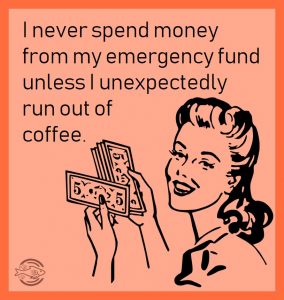 Depending on where you are in your financial journey, you may have to rely on your emergency fund more or less frequently. But your goal should be to reserve your emergency fund for real emergencies. Things you can’t plan for that hit fast and hard.
Depending on where you are in your financial journey, you may have to rely on your emergency fund more or less frequently. But your goal should be to reserve your emergency fund for real emergencies. Things you can’t plan for that hit fast and hard.
Christmas is not an emergency, it comes at the same time every year, and you can save for it. Ordinary medical expenses, like copays, and home and auto maintenance are also not emergencies. Irregular or unexpected expenses don’t have to bust your budget. And they shouldn’t surprise you. You just have to build them into your budget in small increments. That way the money is sitting there when you need it.
Your emergency fund is your safety net. Use it for high dollar, unexpected expenses. When the heat shuts off in February, and you find out that you need a whole new boiler, lean on your emergency fund. When you hurt your back putting together the new jungle gym for your kids and your long-term disability insurance doesn’t kick in for six weeks, thank your past self for thinking ahead.
How much do I need?
Most Americans can’t cover a $500 unexpected expense in cash. So while a fully funded emergency fund is typically three-to-six months of expenses, start small. Set a goal of saving $500, which can cover many of the sucker punches life may throw at us. Then work your way up to $1,000.
Once you’ve achieved your starter emergency fund, move on to the more sustainable, long-term targets. Three months of savings is reasonable for people with stable jobs, households with two working adults, or people in higher demand careers that should be able to get back to work quickly. However, keep in mind that on average it takes one-to-two months to find a job in a healthy, stable job market. And if you get laid off, the market probably isn’t booming. Six or more months of an emergency fund is ideal if you work on commission, depend on overtime that could be shut off, or are a one income family.
Now that I am working on Mama Fish Saves and freelance writing full time, our income is highly variable. Because I have both volatile income and my husband is a stay-at-home dad, I prefer to keep one year of expenses readily available. This is on the conservative side of things, but if work dried up or something happened where I could no longer work, we would be covered. A year is what I view as sufficient time for me to get back into investing. Or for my husband to jump back into the workforce.
As you save for your emergency fund, stay focused on how much less stress money will be when you aren’t trying to figure out how to get from one paycheck to the next. Getting to the emergency fund you need isn’t going to happen overnight, but each time you put money into it, you’ll be able to breathe a little easier.
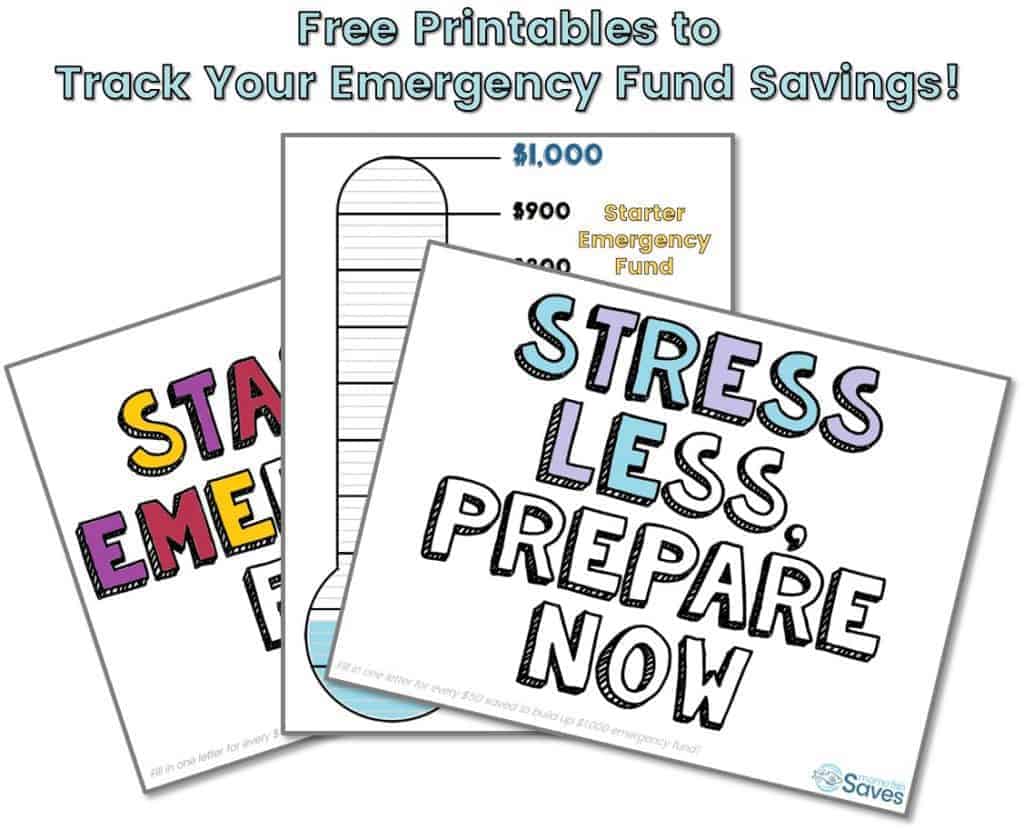
What if you’re in debt?
A common question from people just beginning their journey to financial health is how to prioritize their emergency fund versus paying down debt. Even if you’re in debt, you need at least a small emergency fund.
Saving first can seem counterintuitive when you’re sick of sending all those interest payments out each month. But it is all about momentum. Having no savings before slashing your debt is an excellent way to get frustrated.
Imagine throwing all the cash you can at paying down debt for several months. Suddenly you need to take a week of unpaid leave to take care of a sick family member. Without a cash cushion, you’ll immediately be leaning on your credit cards again. As you see your debt balance tick up, it can feel like all your belt-tightening was for nothing. If you had saved an emergency fund, your week off would feel more like a pause button on your debt-free journey, not a jump backward.
So, if you have credit card or other high-interest rate debt (north of 10% APR), my recommendation is to get at least $1,000 set aside for emergencies. Then pay down your debt as aggressively as possible. If your debt is mostly fixed-rate loans in the single digits, like most auto loans or mortgages, focus on getting your emergency fund to at least one-to-two months. Then attack your debt.
How in the world do I save for this?
If you have built a stable budget, you will already know where you have wiggle room and where you don’t. When you are just starting out, creating your emergency fund should be your primary first goal. Be sure to allocate some money to it every month. It will mean breaking the paycheck-to-paycheck cycle and reducing financial stress!

There are many ways to build up an emergency fund. The key is to dig in and do it.
- Tighten your belt. Eat out less, skip the fancy coffee, and find free ways to have fun with your kids. While this might not be fun, it isn’t forever. Choosing to prioritize saving for a short period will help you reach your goals faster. Then you can reclaim some of your luxuries!
- Get the best price on what you buy. Use cash-back services like Ibotta and Ebates to make the most of your money. Put the money you save directly towards your emergency fund goals.
- Sell unneeded items in your home. Research has shown that the average American family has over $1,200 in stuff they don’t use in their home! My husband and I went on a quick, small purge in December. We sold over $400 of stuff from our home in just two weeks. Your unused clutter will serve a much higher purpose by giving you financial peace of mind.
- Jump on Facebook Marketplace, LetGo, or Craigslist to sell things you don’t need locally. If you have lots of textbooks and books in your home, be sure to get the best price by checking out Bookscouter.
- Get a side hustle. Can’t find ways to cut your budget? Bring in more cash with a part-time job or side hustle. Fill out surveys on Swagbucks. Become a dog walker on Rover. Find gigs as a freelance writer or virtual assistant using Facebook groups or UpWork. Take on some babysitting work. There are tons of ways to make money. Seriously, no excuses.
The truth is, I didn’t really need to write this section of the post. We all know how to save money. Just like we know how to lose weight. We just have to do the work.
Where do I keep it this money?
If your emergency fund lives in the same account as your day-to-day checking account, it is easy for those hard saved dollars to sneak away. You convince yourself that you can spend that money on a date night out if you replace the savings at the next paycheck. But then you forget, and your cash cushion starts to dwindle.
When deciding where to keep your emergency fund, you want to make sure your money is accessible. It wouldn’t be much use in a crisis if you couldn’t get to it! But you also want to give yourself enough of a mental hurdle that you don’t spend your savings at every bump in the road.
I recommend keeping your savings in an online, high-interest savings account. This will ensure that your money is secure (risk-free) and liquid (quickly and easily accessible). I prefer online savings accounts to those offered by traditional banks as the interest rates offered are significantly higher.
My favorite online high-yield savings account is offered by CIT Bank. Its Premier High-Yield Savings Account currently offers a 1.55% APY (as of 06/04/18) with no monthly maintenance fees or ongoing balance requirements. But its accounts are FDIC insured, it offers great rates, and the setup process takes just minutes. However, it doesn’t have a regular checking account option available, so it isn’t a good option for someone looking for a day-to-day bank.
While no savings account will make you rich, the interest rate should help your money keep up with inflation. If you keep your savings in a checking account or a coffee can under your bed, the value will drop each year as inflation eats away at its buying power.
Do NOT invest your emergency fund!
Let me say that again. Do not invest your emergency fund. Investing is the absolute best way to build wealth in the long-term. It will be a critical factor in preparing you for retirement or saving for your child’s college. But your emergency fund isn’t about building wealth. It is about protecting your wealth.
Every investment comes with risk, so when you buy stocks, bonds, mutual funds or any investment product, you have to be prepared for that money to potentially decrease in value as well as increase. Any money you may need in the near term shouldn’t have significant downside risk.
Start building your emergency fund today!
Having an emergency fund is a central tenant of a financially healthy life. It protects your family, keeps you out of debt, and reduces stress from unexpected events. If you don’t have an emergency fund today, it is time to start saving! Set up a budget, determine how much you need to give you peace of mind, and get to work. Your future self will thank you!
Do you have an emergency fund? If not, what is holding you back? Let me know in the comments!


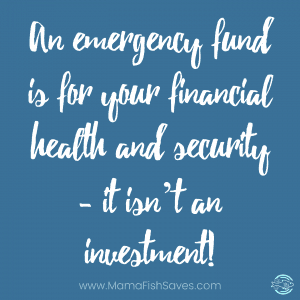
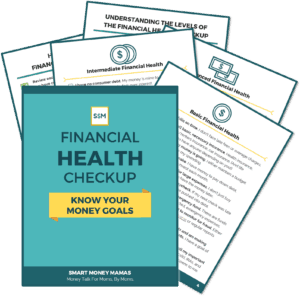
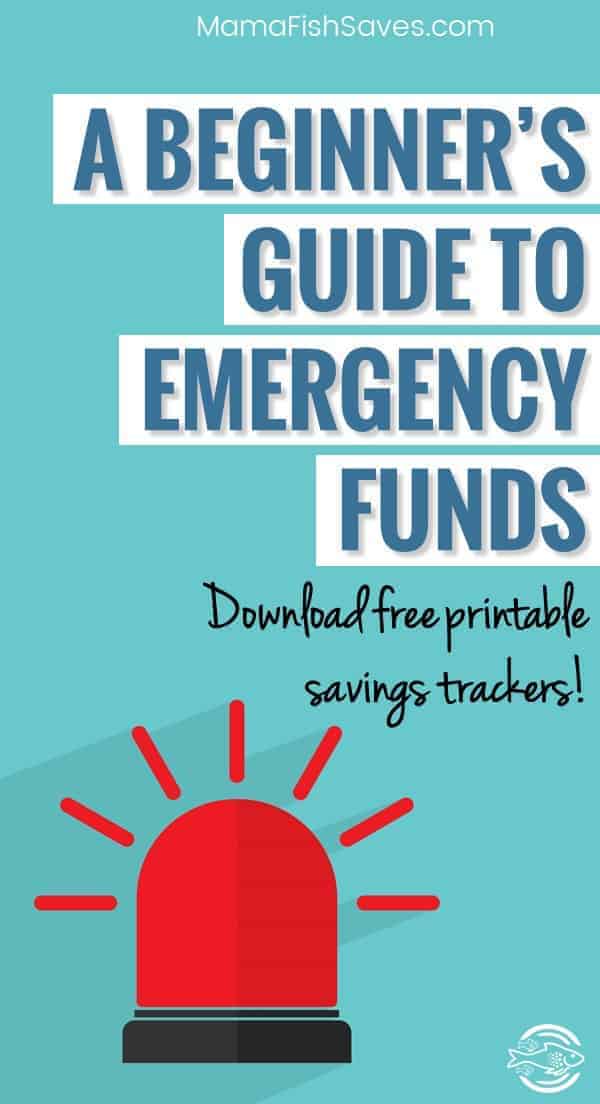

When I was in college I knew a financial advisor who’s advice was to establish emergency savings before anything else, so after I graduated that’s what I did. Fortunately, I’ve never needed that money, but there have been a few times when I’ve needed to increase the amount in emergency savings. I’m self employed, my wife doesn’t work outside the house right now, and we have two kids, so emergency savings is pretty important to us.